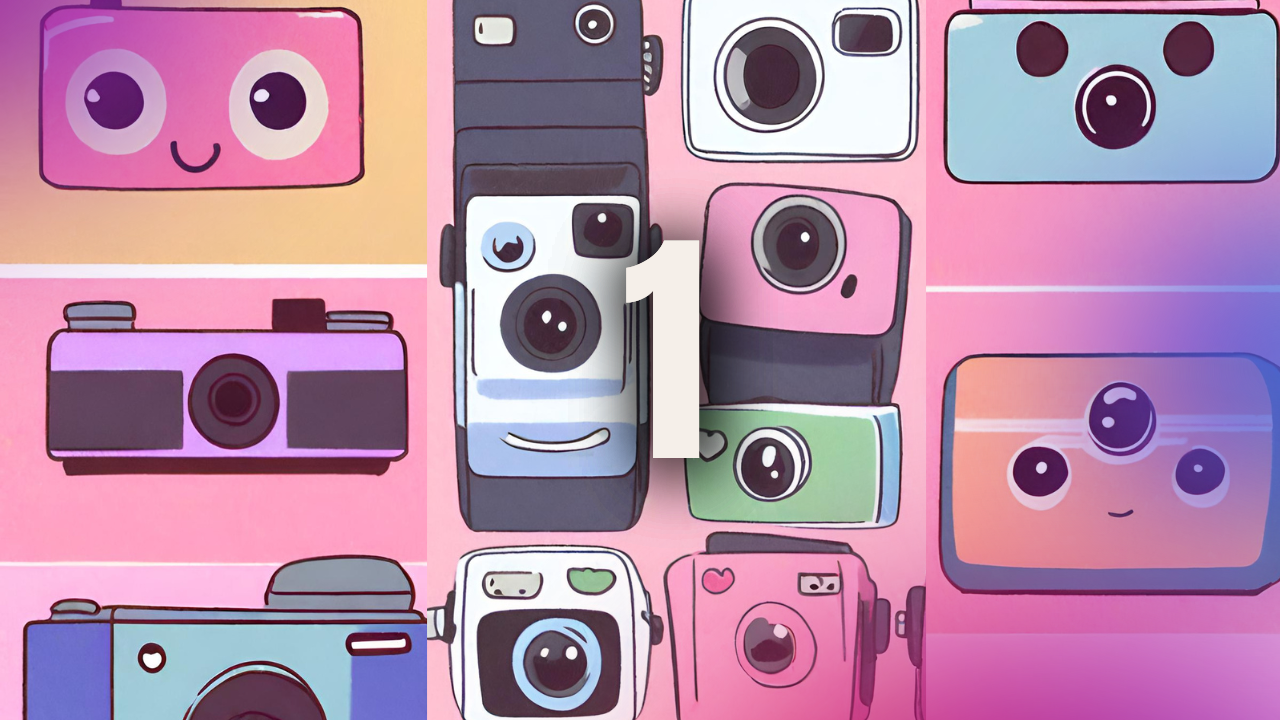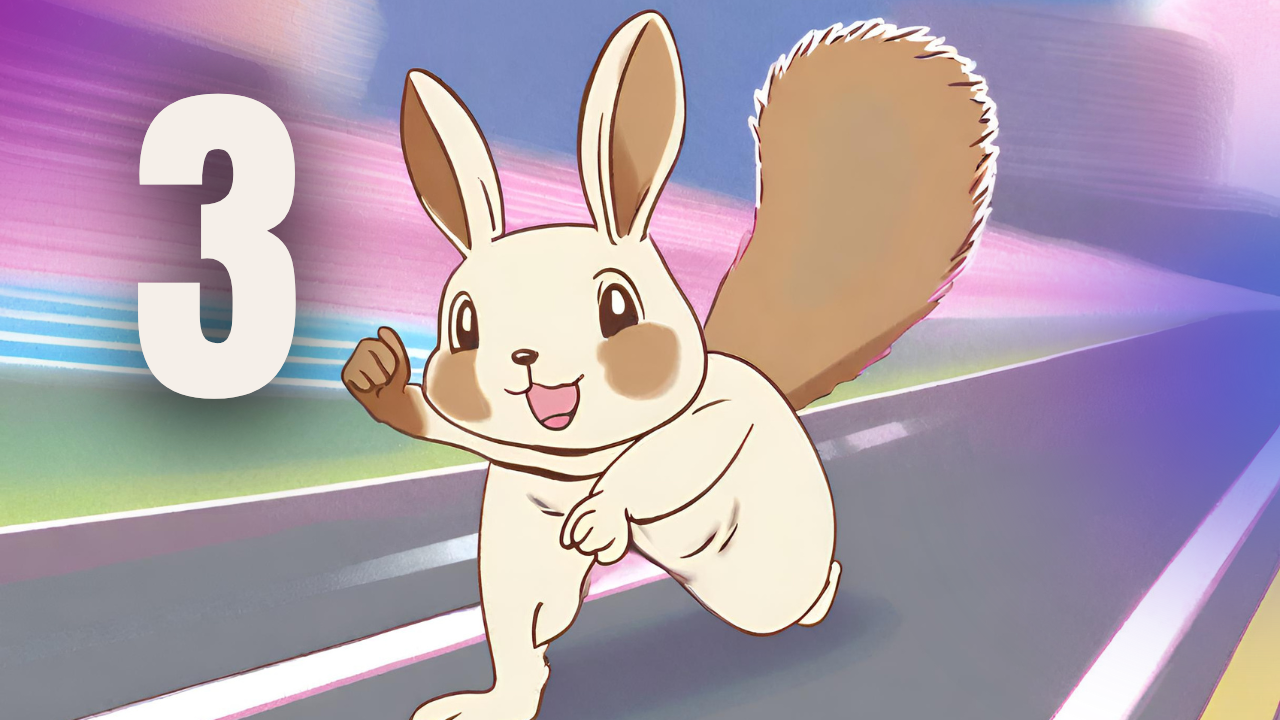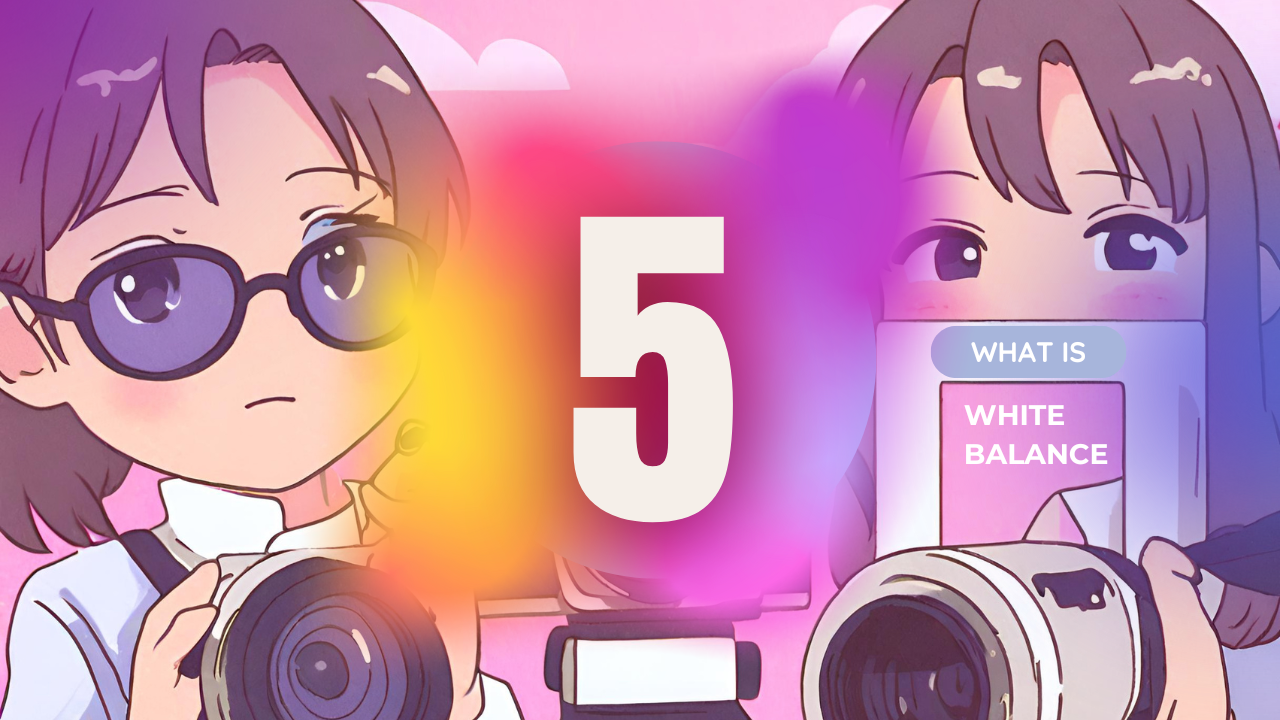9. Perfect Selfie : Master Camera Settings for Beginners (+Quiz Inside!)
Q. TIRED OF BLURRY, POORLY LIT SELFIES LEAVING YOU FEELING LIKE A PHOTO FLOP?
Welcome bestie, future shutterbugs and aspiring photographers! If you've just gotten your hands on a camera and are eager to capture stunning shots, you've come to the right place. This article is your ultimate guide to mastering those camera settings and unleashing your inner artist. Get ready to transform your snapshots into masterpieces!
1. Get to Know and Get Your Camera Modes
First things first, familiarize yourself with the various modes your camera offers. Most cameras come with auto mode, which handles everything for you, but if you want to take control of your shots, dive into manual mode. Here, you can adjust settings like aperture, shutter speed, and ISO individually, giving you the ultimate creative freedom.
2. Aperture: The Gateway to Depth
Aperture controls the size of the opening in your lens through which light passes. It's measured in f-stops, with smaller numbers indicating larger apertures. A low f-stop (e.g., f/2.8) creates a shallow depth of field, perfect for portraits where you want the subject to stand out against a blurred background. Conversely, a higher f-stop (e.g., f/16) increases depth of field, ideal for landscapes where you want everything in focus.
3. Shutter Speed: Freeze or Blur the Action
Shutter speed determines how long the camera's shutter remains open, exposing the sensor to light. A fast shutter speed (e.g., 1/1000s) freezes motion, making it great for capturing sports or fast-moving subjects. On the other hand, a slow shutter speed (e.g., 1/30s) introduces motion blur, perfect for conveying a sense of movement in flowing water or capturing light trails at night.
4. ISO: Finding the Balance in Sensitivity
ISO measures the sensitivity of your camera's sensor to light. A lower ISO (e.g., ISO 100) produces cleaner images with less noise but requires more light. Conversely, a higher ISO (e.g., ISO 1600) makes your camera more sensitive to light, allowing you to shoot in low-light conditions but potentially introducing grain or noise to your photos. Find the right balance for your scene to achieve the desired exposure without sacrificing image quality.
5. White Balance: Setting the Mood
White balance adjusts the color temperature of your photos to compensate for different lighting conditions. While auto white balance works well in many situations, manually adjusting it can help you achieve more accurate colors and set the mood of your photos. Experiment with presets like daylight, cloudy, or tungsten, or fine-tune the white balance to match your artistic vision.
6. Focus: Sharpening Your Vision
Ensuring your subject is in focus is crucial for sharp, professional-looking photos. Most cameras offer autofocus, which automatically adjusts the focus based on your subject's distance. However, switching to manual focus gives you complete control over what's in focus, allowing you to fine-tune the sharpness and create compelling compositions.
7. Composition: Framing Your Story
Beyond mastering camera settings, composition plays a vital role in crafting captivating photos. Experiment with different techniques like the rule of thirds, leading lines, and symmetry to add visual interest to your shots. Don't be afraid to get creative and try unconventional angles or perspectives to tell your story in a unique way.
8. Practice Makes Perfect
Like any skill, mastering camera settings takes time and practice. Don't be discouraged by initial setbacks or imperfect shots—embrace them as opportunities to learn and improve. Experiment with different settings, subjects, and lighting conditions, and don't forget to have fun along the way!









